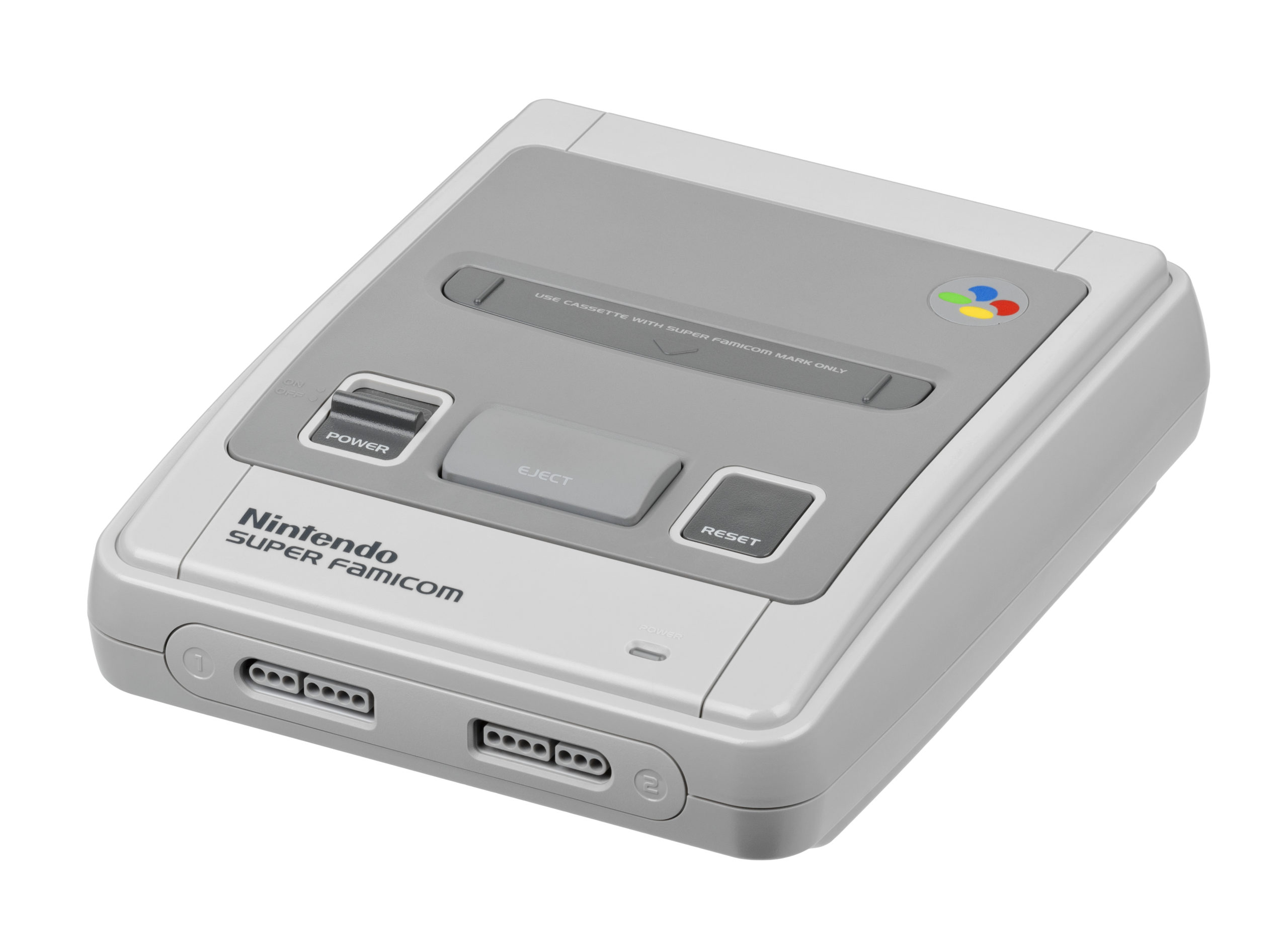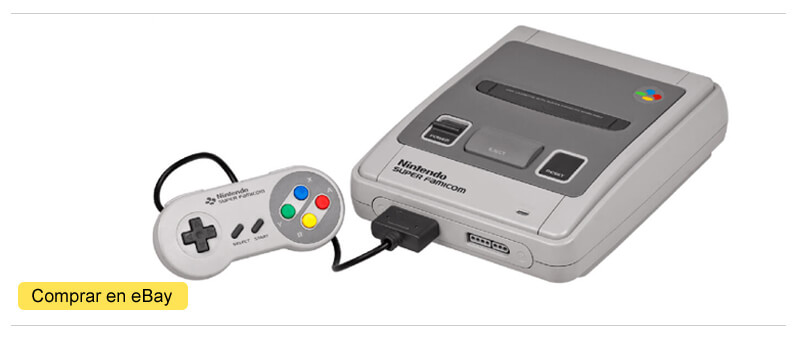The Super Nintendo Entertainment System or SNES, as we normally call it, is one of the most loved and longed for consoles by all, a super performance console that knew how to win the hearts of its young owners, forging in most of them, a bond with the company of the blue plumber that would last forever.
And it is that Nintendo was completely right with the strategy followed with its Super Nintendo, consolidating the work it had done with its 8-bit console, the NES, which placed Nintendo in a privileged position that it knew how to take advantage of: Hype, handling of times, exclusivities from the best studios, best conversions… Let’s remember the best years of Nintendo with its SNES: “The brain of the beast”.
| COMPANY: | Nintendo |
| CONSOLE GENERATION: | FOURTH GENERATION |
| RELEASE DATE: | November 21, 1990 in Japan August 23, 1991 in North America April 11, 1992 in Europe June 6, 1992 in Spain |
| GAMES CATALOG: | 1448 in Japan, 720 in North America and 522 in Europe + 231 from Satellaview (Japan) |
| SOLD UNITS: | 49.1 million worldwide |
| LAUNCH PRICE: | 25,000 yen in Japan, $199 in North America, 18,900 in Spain (without game) |
| PROCESSOR: | WDC W65C816 16-bit running at 1.79, 2.68 MHz, or 3.58 MHz (variable) |
| FORMAT: | Cartridge + Digital (Satellaview) |
| BUY IT ON EBAY: | https://ebay.us/ya1D2F |
- History of Super Nintendo
- Presentation of the Super Nintendo in Japan
- Nintendo Power, the game rewriting service provided by Nintendo for the Super Famicom and Game Boy
- The price of a Super Nintendo console, how much did it cost?
- The price of Super Nintendo video games, how much did a cartridge cost?
- Collect the Super Nintendo
- Buy a Super Nintendo
- TOP Retro: Best Snes Games
- FAQ Super Nintendo
Super Nintendo Entertainment System
The Super Nintendo Entertainment System video game console, better known as the Snes, is one of the most important consoles in the history of video games, an absolute protagonist together with the Megadrive of the War of the Consoles in the Battle of the 16 Bits, in the early and mid-90s. The Snes is a game console that all of us who lived through those wonderful years remember with nostalgia or with respect. An essential retro console for any self-respecting collector, with a catalog of video games that even today, is perfectly playable today, being as a whole, one of the most complete and possessing many of the sagas that we currently play.
From the well-known Nintendo brand, it was the commercially logical evolution of the 8-Bit NES, to the 16-Bit that prevailed at the end of the 80’s. With a much more modern and rounded design than its predecessor (Famicom in Japan), it was Nintendo’s commitment to consolidate itself as a leader in the global video game market, competing with rival companies such as Sega, SNK or NEC.
Its launch occurred in 1990 in Japan, 1991 in the USA, and in 1992 Europe. With a large advertising campaign (in Spain “The brain of the beast”) in most of the media, full support from specialized magazines (former judges of the industry) and some enviable technical characteristics, it achieved a real success of sales throughout its commercial life, selling in total more than 49 million consoles.
The Super Nintendo (Snes) had its different versions depending on the region, the Japanese version was aesthetically identical to the European one, distinguishing itself only by the visual name: Super Famicom (from family computer). The American version was much more similar to the NES, with a much more linear square design. As is normal for that time, the different versions of Snes were differentiated between European PAL, NTSC… As a curiosity, as a result of Hyundai’s agreement with Nintendo, in the South Korean territory, the Super Nintendo was distributed as the Hyundai Super Comboy , being in practice the same console as the Japanese but with slight modifications.
It is said that one of the strong points that made the design of the European and Japanese Snes as we know it today, in a rounded shape, is due to the fact that the youngest had the bad habit of placing drinks on top. of the NES (square in shape), with the consequent risk of accidents. Regarding the format chosen for the Snes, it was the usual one for the time, the cartridges.
The beginnings of the Super Nintendo
As we have already mentioned, the Super Nintendo was the natural evolution of the NES / Nintendo Famicom. In the video game market, consoles far superior to the 8-bit NES had been around for years. Nintendo took its time in developing the Snes thanks to the fact that the majority of people who owned a console (worldwide) had an NES, so the loyalty factor was very present while waiting for Nintendo to release its new console. As usual, this calm lasted a short time, the 16-bit consoles were selling more and more every day and at a cheaper price and piracy with the clones had become the worst enemy of the NES.
In these circumstances, Nintendo decided to release its new 16-bit console. The SNES was launched with a limited catalog of games that touched on different genres: Super Mario World and F-ZERO initially in Japan, followed by Super Tennis, Super Soccer, Super R-Type, Super Ghouls & Ghost, Pilotwings… Video games that demonstrated the technical capacity of the machine, but later it would be verified that they only used a small part of its potential (with the exception of the games programmed by Nintendo itself). Similarly, to be a first batch of video games, launched on a new machine with a new architecture, with the difficulties that this entailed at a time when consoles were real consoles (and not camouflaged PCs), we can say that the launch catalog of the Snes is one of the best quality that a console has enjoyed at its launch in the United States and Europe.
And this fact has its merit, since the programmers had never worked with a console like the Snes, which had a quite different architecture from the rest of the consoles: The Snes video game console, simplifying it a lot, had a “moderately” powerful CPU, but its “power” consisted in that it was accompanied by powerful sound chips (developed by Sony) and 2 other video, supporting chips. This is a similar concept to what we can see in current systems. As time passed this little problem was forgotten and the developers began to take advantage of the potential of the Snes as it would prove, using numerous support chips.
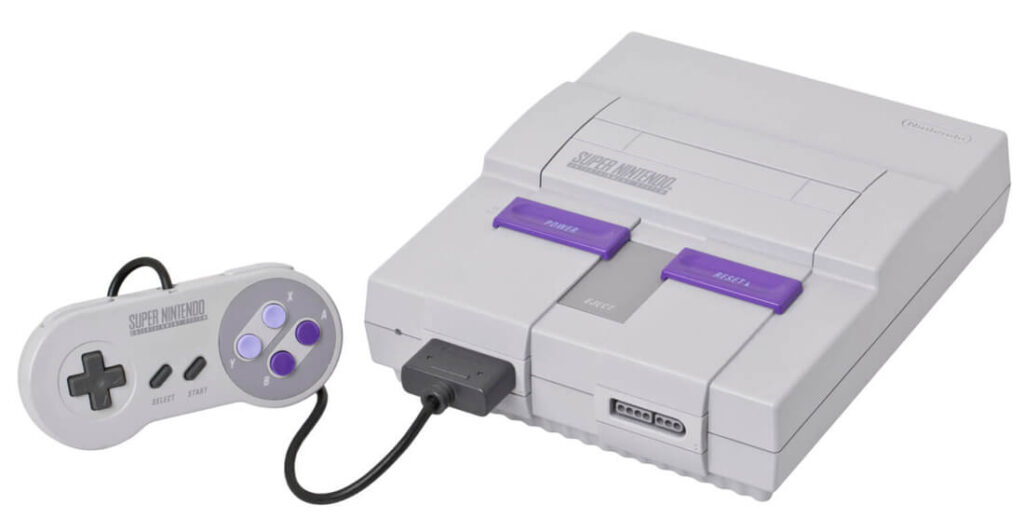
The launch of the Super Nintendo
At the time of its launch in Europe (1992), there were 2 clear trends in the world of consoles, the people who had made the leap to 16 Bits (Mega Drive, Turbo Grafx, Neo Geo…) and those who they were still with their consoles or microcomputers like the 8 Bit Spectrum or Amstrad.
The Super Nintendo video game console entered the 16-Bit market several years late. Likewise, it would be difficult to convince someone who had recently bought their new 16-Bit console, that they had to buy a Snes, becoming that audience automatically into staunch rivals to the Nintendo console.
Thus, Nintendo undertook a large advertising campaign to get as much as possible from the entire 8-Bit market that had not yet made the leap, or from people who had never had a console (mainly a younger audience). Using different methods, Mario for the younger ones, “The brain of the beast” and a display of technical characteristics for the older ones, Nintendo managed to make everyone aware of its new console.
With a global vision, shortly after its launch, it became clear that its great rival in the 16-bit market would be the Mega Drive, only in Japan would it have another worthy rival, the PC Engine, the NEC console that enjoyed the cheapest video games thanks to its card format and almost perfect conversions of Japanese arcade machines in their first years of life. With the three consoles on the battlefield, one of the most interesting stages in the history of video games finally began…
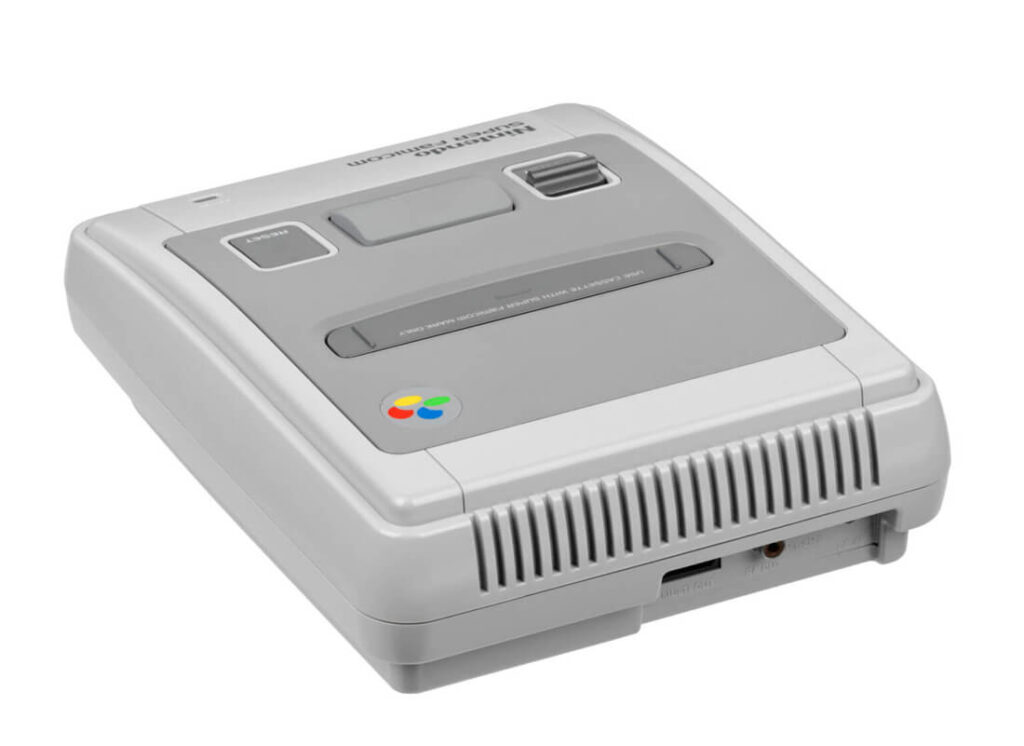
The Great Battle of the 16 bits: Super Nintendo VS Mega Drive
Ink jets have been written about those wonderful years, every video game fan who has lived through that time will remember the great division that existed in those years… The Console War: Friends, classmates or even in the same families there was an air of irreconcilable tension. The entire world was divided into two parts!! SEGA VS NINTENDO!!
Well… I may have dramatized a bit, but the competition and rivalry between SEGA and Nintendo was tremendous, the Mega Drive already had a huge following (in Europe) and a large catalog of cartridges, but the Snes was superior technically and It had a large following thanks to the NES. At Infoconsolas.com we do not remember a similar battle in the entire history of consoles because simply, there has not been.
The Snes came on strong thanks to its charismatic and high-quality titles, the Nintendo seal shone with its own light and its quality filter became more than evident. Little by little, the video game catalog of the Super Nintendo console began to increase rapidly with high-level titles, making good use of routines and chips such as Mode 7 for 3D effects or routines that the Snes incorporated for rotations, fog… In a short time, the 16 Bits of Nintendo and Sega were on par with regard to the catalog, in a few years in which exclusivities were the most common compared to today’s multiplatforms, which looked at each other with a magnifying glass. time to compare them. Although it may seem that Nintendo’s Snes had the battle won in advance by being 2 years more modern, the benefits of the Megadrive along with the great experience of its programmers due to the many years it had been on the market and the Simplicity and raw power of its CPU, made the Sega console, without any add-on, a worthy rival at all times that endured until its last blows…
They were, in short, years in which the “Big 2” did their best as companies, the competition between them was enormous, the two systems were in constant evolution, there were always better games, with more megabytes, tough negotiations to work and reach agreements with the best studios, provide the most popular exclusivities and make the balance tip one way or the other month after month for the benefit of us, the users.
It was from this commercial war between Sega and Nintendo, companies that were fighting to conquer the world, that two very different company policies were seen: Sega began to release expensive peripherals, add-ons and revisions of its consoles, while Nintendo maintained the bet on its console and focused on improving its games by incorporating chips in the cartridges and signing exclusive contracts with well-known companies.
After a while it was seen that Nintendo’s policy would be correct commercially speaking, by signing exclusivity contracts, companies did not have to worry that the Snes and MD versions of the same game were “similar” and could use the full potential of the Snes and its new chips (eg the FX Chip). This strategy, already used on the Nes with games like Mario bros 3, gave us games like Star Fox, Killer Instint or Donkey Kong, with 3D polygons or rendered graphics, which evidenced the technical superiority of the Snes over the MD as a console, without need for peripherals or extensions (that was the perception), even surpassing or measuring up to the new 32-bit and 64-bit consoles in terms of 2D video games.
The most prominent support chips used by Nintendo in their video game cartridges were:
- Super FX: Made by Arganout, designed to create 3D worlds: StarFox, Stunt Race FX increased the speed of our console up to 10.5Mhz.
- Super FX2: Two chips running in parallel managed to run at more than 21 Mhz: Yoshi’s Island is a perfect example of this genius.
- SA-1: It added 10 Mhz: Dragonball Z Hyper Dimension.
- DSP1: Rotations and deformations: Pilot Wings.
- DSP2: It increased up to 8 mhz the speed of the Snes: Top Gear 3000.
- C4: Developed by CAPCOM, for transparency and water effects among others: Capcom’s Mega Man X2.
- SDD1: Used to compress memory to save on manufacturing costs: Street Fighter 2 Alpha.

I end this section with a fact of great importance which is usually omitted or directly not taken into account: The control of the Super Nintendo.
The Super Nintendo controller is a natural evolution of the Famicom pad, improved in terms of ergonomics, layout and number of buttons, as well as their color presentation. The Super Nintendo controller was shown to be perfect for the games of its time, marking the way forward for the rest of the companies, which would copy the design and evolve it even more, as was the case with the Sony PlayStation. Welcome L and R!
Definitely…
For how turbulent the 90s were, the Snes had a long life, enduring commercially until 1998 in Europe, 1999 in North America and 2003 in Japan. Consequently, it came to be measured with other great video game consoles such as the Play Station, Saturn, Nintendo 64 or the Dreamcast itself, since it stayed alive longer in the US and Japan thanks in part to the launch of the Snes Jr, a review More economical with identical features focused on a younger audience, managing to extend the life of the original Super Nintendo a few more years.
For all of us who lived in the first person at that time, and were able to enjoy the Snes in its best years, Nintendo managed to become Nintendo for life, even acquiring most other systems later due to the strategic failures of the Japanese company (N64, and GC), the link, the nostalgia and ultimately the alliance that we players create with this console, endures over time for many years and systems that pass. The retro Super Nintendo, together with the Game Boy, managed to position Nintendo again as the queen of video games in our mental framework, thanks to all the fun and good work that its video game catalog gave us.
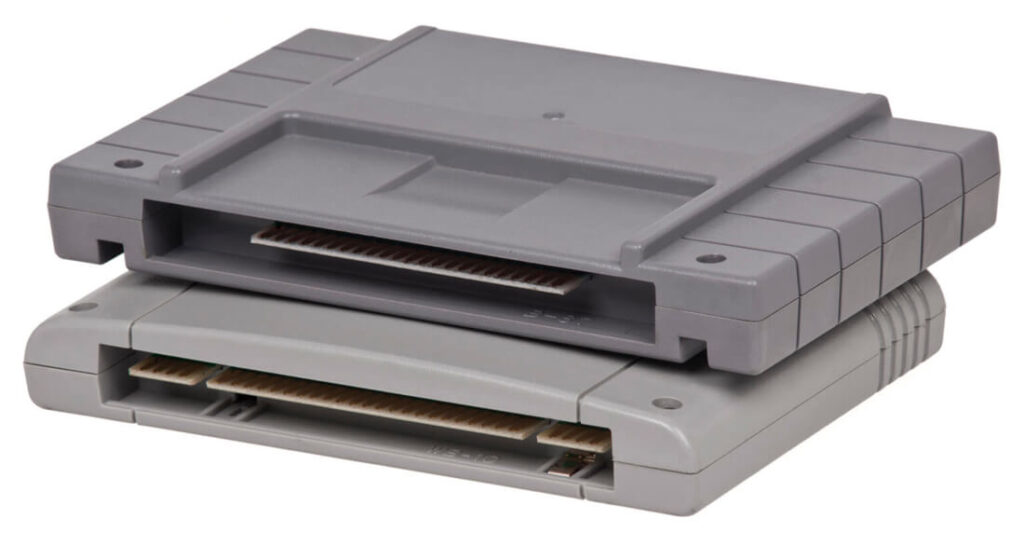
Presentation of the Super Nintendo in Japan
It is always a pleasure to be able to discover new information about our favorite retro consoles and to be able to update their corresponding section in Infoconsolas. On this occasion we will share and analyze a series of images from the presentation of the Super Famicom held on November 21, 1988, in which, led by the engineer Masayuki Uemura and the teacher Shigeru Miyamoto, Nintendo presented its future console to more than 200 journalists. . The Famicom Tsushin Magazine (Famitsu) made a special of the presentation that was published on December 23, 1988, to which these images belong.
We must remember before continuing that the MegaDrive was launched in Japan on October 29, 1988, that is, Nintendo scheduled its presentation as a media counter launch, a move that worked perfectly: The press turned to the Super Famicom counteracting to the Mega Drive and more importantly, they managed to nullify SEGA’s Christmas campaign, giving their loyal fans reason to look forward to the arrival of the Super Famicom (coupled with the Famicom release of Super Mario Bros. 3 on September 23). October 1988 in Japan). Let’s keep going.
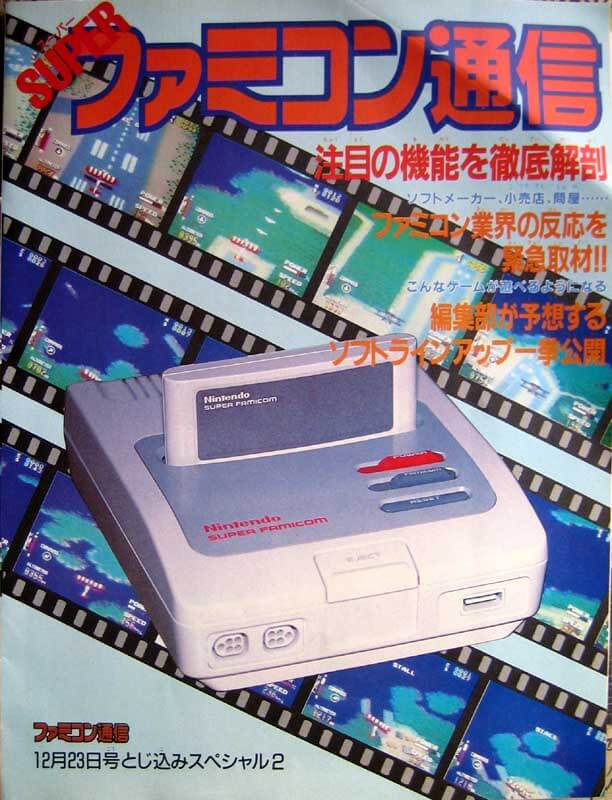
Yes, that was the prototype of the Super Famicom presented in 1988, disturbingly retro and at the same time modern. We can see how the general lines of the prototype are similar to the final console, but much simpler, just like the cartridge. From the square and angular lines of the eighties Famicom, Nintendo intended to make the leap to the 90’s with curved lines. Also noteworthy is the front entrance on the right that was later relocated.
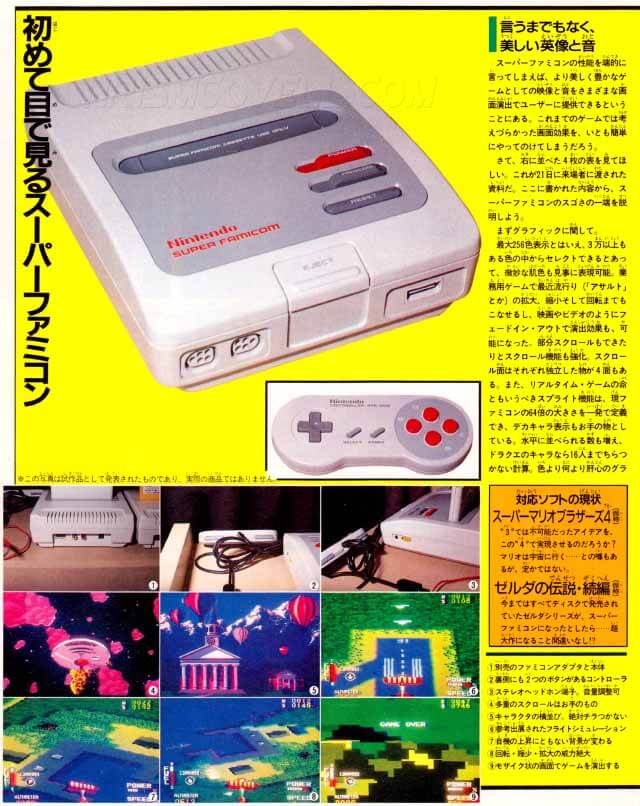
The colors, the layout of the buttons, the controller… Everything was in its initial phase, using for example a controller input very similar to the NES/Famicom AV (remember that the original Famicom has the controllers connected). In this image, in addition to some technical demos, some of which in the case of the Flight Club did materialize in the Pilot Wings, the audio and video outputs are notable, as well as the headphone jack on the side of the console. Among the games announced for release was Super Mario Bros 4, which caused a revolution.
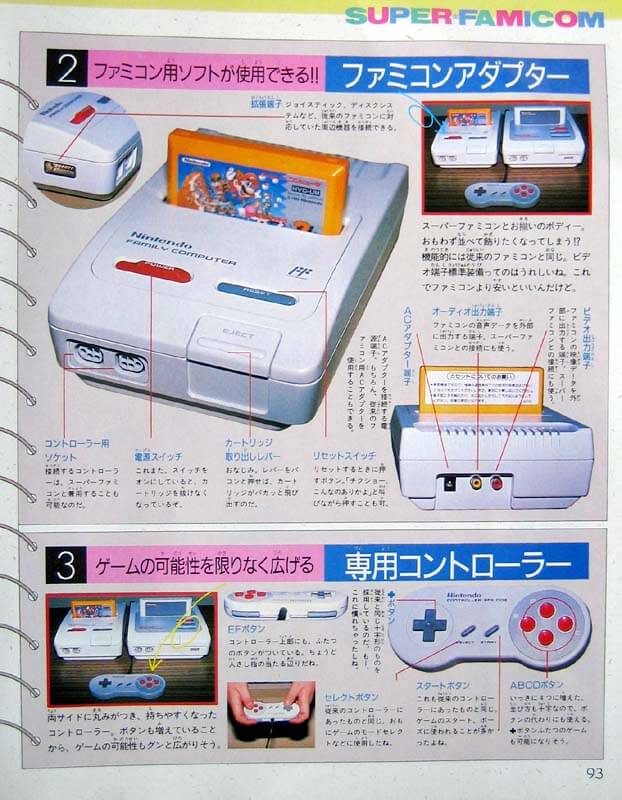
But of course… At that time Super Mario Bros 3 had just been released, and telling young Japanese that they couldn’t use their brand new cartridge on the Super Famicom, because it wasn’t well seen… So Nintendo introduced the incredible and never made Famicom cartridge adapter for the Super Famicom, a beauty that connected to the Super Nintendo and basically had a Famicom inside.
The interesting thing about this never released product is that the new console/peripheral could act independently (with improved video output), using the controls of the Super Famicom or connecting to the new 16-bit (which was its main purpose) and this is where we find “Nintendo creativity”: Once connected, we had a system with 2 cartridges, 4 controller ports and increased processing capacity, creating endless possibilities such as updates, add-ons, crossplay, expansions, data and profile sharing… Too good to be true, it was never released.
Even though this possibility of cross-play and multiple possibilities -very much in line with what the 64DD of the Nintendo 64 should have been- could appear too innovative, apparently Nintendo was very aware of the backward compatibility of the Famicom in its new console, since that as can be seen in the images, a third one that put FAMICOM was added to the POWER and RESET buttons. A concept that is not unreasonable due to the enormous success that the Famicom had had in Japan, its huge player base and gigantic catalog… Making the leap to a new generation would theoretically be easier in the form of a transition with backward compatibility than without it, even more so if We think that in many Japanese homes they do not have enough space to have two consoles connected to the television and the custom is to sell the old system before buying a new one.
On July 28, 1989, 16 months before the release of the Super Famicom in Japan, Nintendo held another big press release. Let’s see the evolution that once again captured the video game magazine Famitsu:
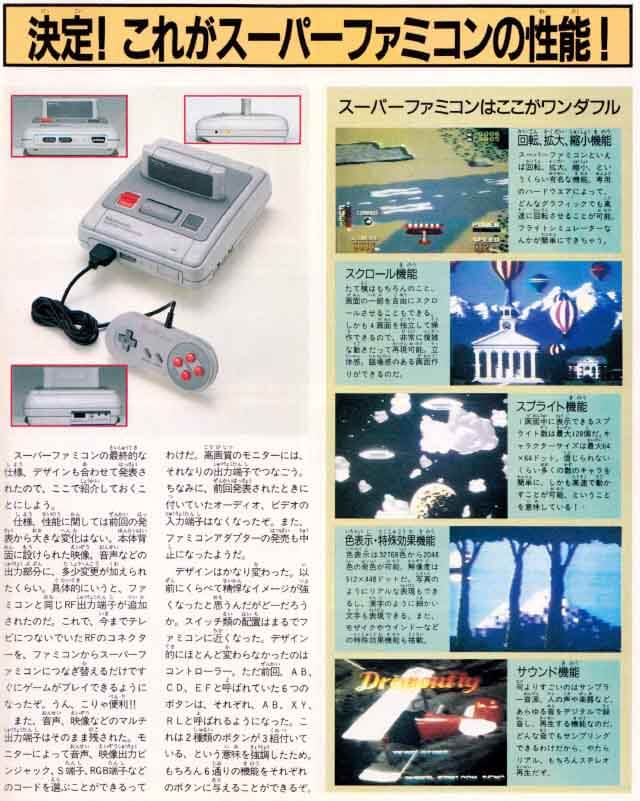
Yes, the red color and the side headphone jack were still present, but the prototype is already looking more and more like the final console: The layout of the buttons, the marked lines of the console, the lengthening of the control inputs and the concealment of the front entrance on the right are an example.
In the screenshots we can see the curious case of DragonFly, which went from a technical demo of the Mode 7 chip to become PilotWings, one of the console’s outgoing games.
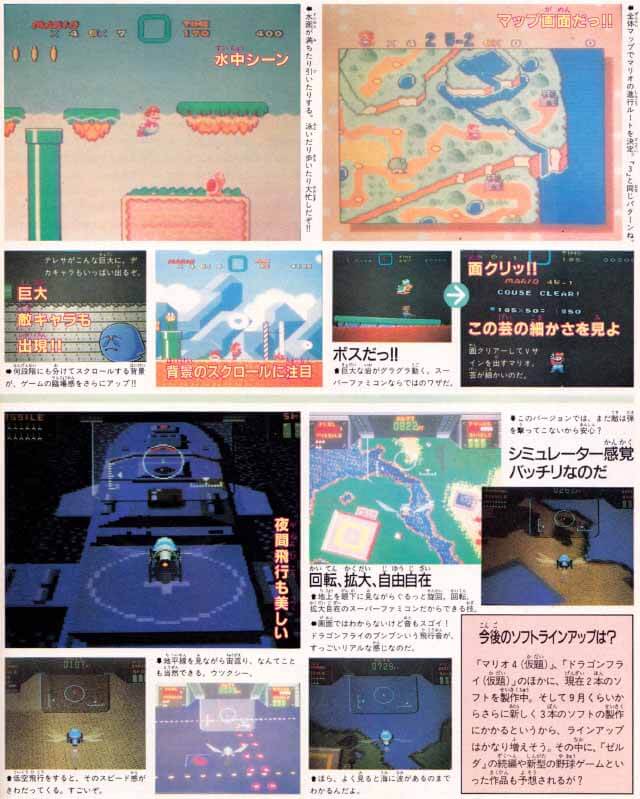
Yes, it’s him, it’s Mario in a Super Mario World still in development and already looking spectacular. The simple visible mapping and the subsequent evolution it had is already a small sample of how much they refined the game until they reached the masterpiece they released. At the bottom we have the DragonFly, a technical demo that evolved into Pilotwings, ruling out the launch of the DragonFly as such.
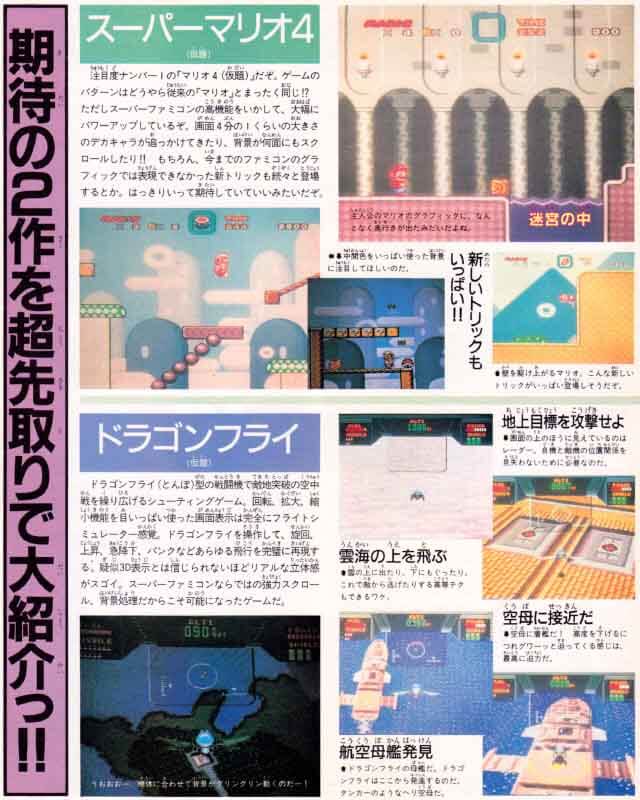
And yes, here we see a raccoon Mario with the Super Mario Bros 3 leaf item, something normal since the development of both games were practically continuous, the NES version being the base and a great influence for his new adventure. At the bottom are more screenshots of DragonFly.
From this moment the news was happening and more and more studios began to join the new Nintendo console, on November 21, 1990 the Super Famicom arrived in Japan, starting a new stage of success for the Big N.
NINTENDO POWER, the game rewriting service provided by Nintendo for the Super Famicom and Game Boy
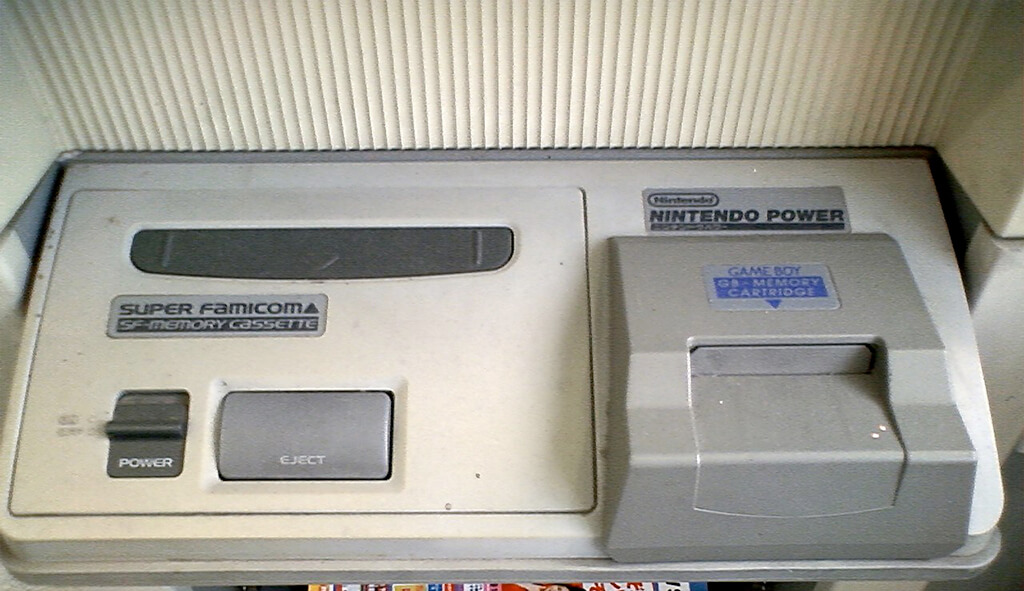
Nintendo has always liked the idea of distributing its video games in alternative channels to physical stores, already in 1986 it launched the Famicom Disk System extension for its 8-bit Famicom, which offered a new cheaper format with magnetic disks. The novelty of the system was the distribution network that was created for the Famicom Disk Writer throughout Japan, in which we could go with our Famicom Disk and rewrite the game we wanted on them for 500 yen… Simply wonderful.
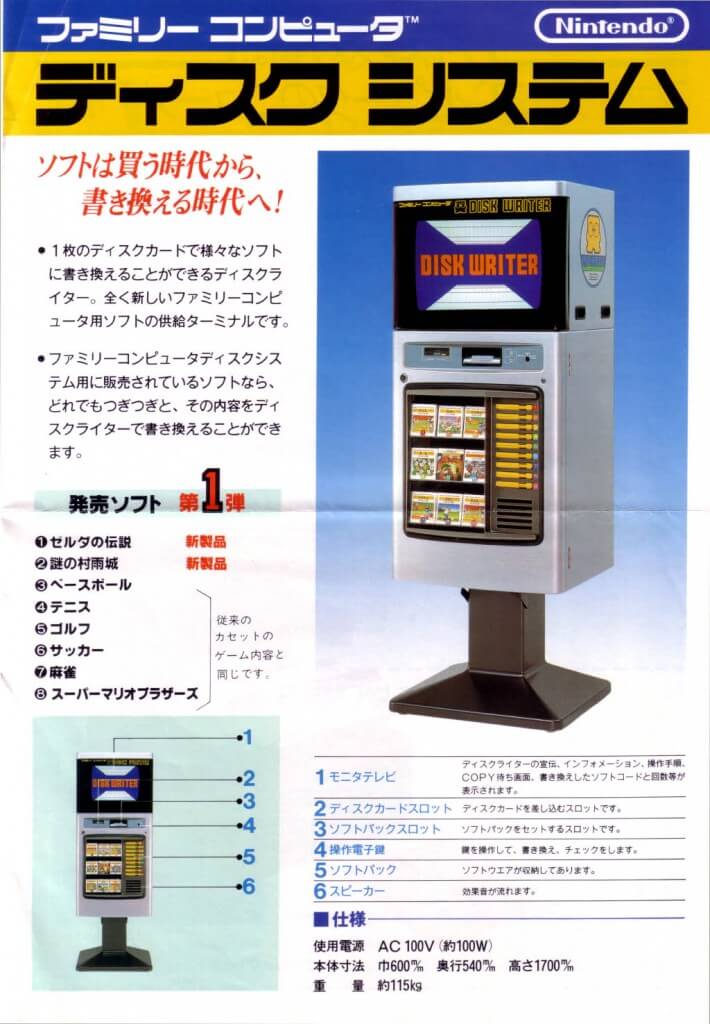
If you do not know the interesting history and operation of Nintendo’s FDS and its distribution network in the country of the rising sun, you are in luck, you are going to discover one of the most daring and well-executed commercial adventures of Nintendo in its entire history: Famicom Disk System.
Discovered and/or remembered the FDS, let’s continue. Despite the rapid evolution and cheapening of Famicom cartridge memory, the Famicom Disk System was very well received and had a long commercial life, so Nintendo repeated the concept years later by adapting it to its Super Nintendo consoles and Game Boys:
At the end of 1996 for the Super Famicom and on March 1, 2000 for the Game Boy system, Nintendo launched in Japan the NINTENDO POWER (nothing to do with the American magazine), a new game distribution network throughout Japan, through rewrite/record points located at LAWSON convenience stores, a tremendously popular and numerous store chain in Japan. Nintendo was leaving physical stores again many years before the popularization of the Internet.
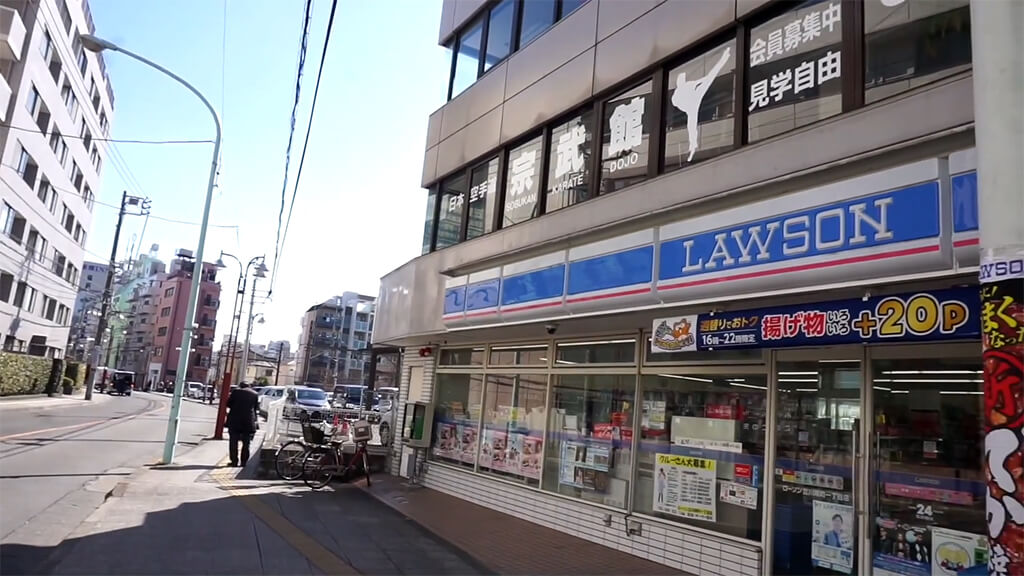
How did the Nintendo Power work?
- We’d go to our nearest Lawson store, walk up to the cashier and buy our blank Power Nintendo Flash ROM cartridge, SNES “Memory cassette” and GB “Memory Cartridge” (in case we didn’t already have one).
- We approached the Loppi machine normally located at the entrance of the store, and among its multiple functions we selected “Game rewriting system” (In the Loppi you could buy tickets, print photos and documents, book appointments…).
- We chose the system we wanted to record the game on: Super Famicom or Game Boy.
- We inserted the cartridge until it “clicked”.
- A menu with two options opened: “Check cartridge” and “Buy game”.
- We looked for the game to buy by menus by genre or by code (present in Nintendo’s advertising and website).
- We selected a game, we saw a screenshot and a description. If we liked it, we clicked “Next”. There was also the option to buy more games.
- Once selected, we entered our name.
- Later we entered our phone number.
- We saw a verification message with the “Games to buy” on the screen. If everything was correct, we clicked “Accept”.
- Once these steps were completed, our “receipt request form” came out, which was not the game, it was a piece of paper.
- Our “receipt request form” was valid for 30 minutes, so in that time we had to go with the form and our cartridge to the cashier again.
- We paid the receipt, the cashier kept the cartridge, gave us a receipt and rewrote the game on the cash register.
- We waited 10 minutes of writing on the cartridge and we could go pick up our cartridge with our recorded game, while waiting you bought some mochis.
- If we wanted the instructions we could pay 30 yen and the cashier would print them out for us on the spot. For the most thrifty, the instructions could be downloaded from the Nintendo website.
And ready! In 15 “comfortable” steps we already had our new game on our cartridge… To be honest, the procedure could have been optimized a lot, 15 steps is a lot from today’s perspective, but in 1996 it made it possible for us to obtain new games at affordable prices 365 days a year, 24/7, as most Lawson convenience stores are open 24/7.
Information and characteristics of Nintendo Power, Super Famicom SF and Game Boy cartridges
| Memory cartridge SF (Super Famicom): | Memory cartridge GB (Game Boy): |
| PRICE: 3.980 yenes. ROM flash: 32 megabits SRAM: 256 kilobits (save games). GAMES PRICE: From 800 to 1,000 yen. | PRICE: 2.500 yenes. ROM flash: 8 megabits SRAM: 1024 kilobits (save games). GAMES PRICE: From 1,000 to 3,000 yen. |
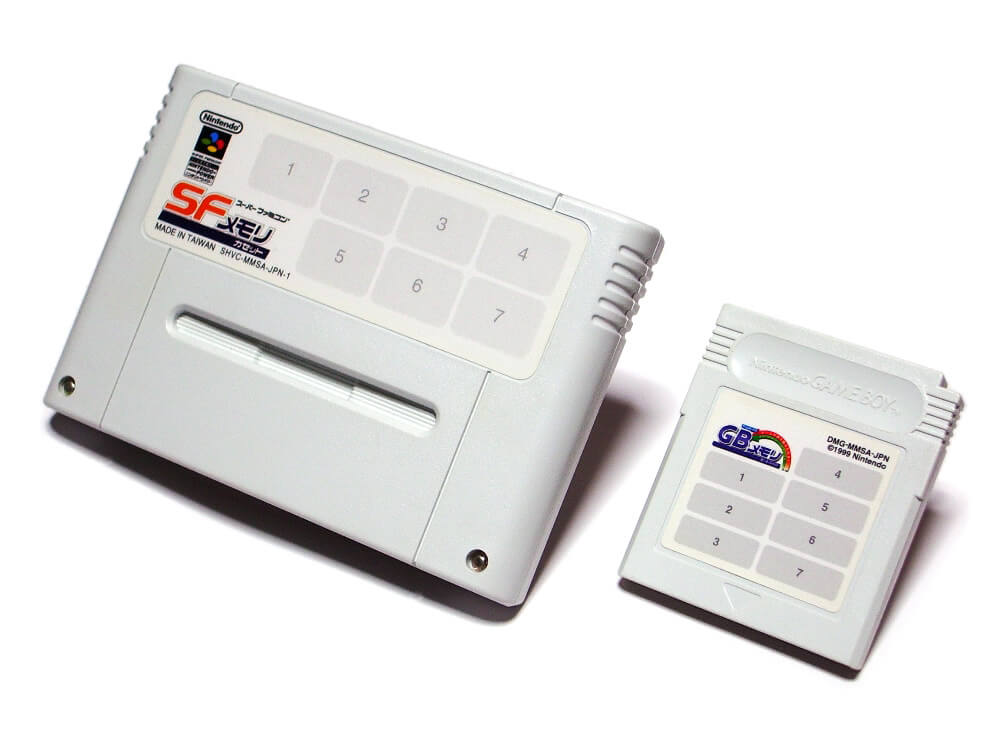
Unlike what happened with the Famicom Disk System, with which to lower the price of the format Nintendo chose to launch a cheaper magnetic disk reading peripheral, with the Nintendo Power you only had to buy the blank cartridge to qualify for a catalog in which, in addition to games previously released in physical format, exclusivities were also published. Proof of this is that the last official video game released on November 29, 2000 for the Super Nintendo is Metal Slader Glory: Director’s Cut, by Hal Laboratory, with exclusive distribution on Nintendo Power.
Focusing on the Nintendo Power game catalog, as of November 2000, it already consisted of 163 video games for the Super Famicom and 122 games for the Game Boy. The price of the cartridge copy depended mainly on whether the game had already been published previously or if it was a new title or adaptation. In practice, Nintendo had created an intermediate system between the traditional video game rental (highly penalized in Japan), and the online download that we enjoy today. A wonderful transition that outside of Japan we could not enjoy.
The Nintendo Power system helped extend the life of the Super Nintendo, while helping to transform the concept of the machine itself, from being Nintendo’s main console to being the secondary and introductory console in video games, since that the Nintendo 64 had been released in the summer of 1996. So offering cheaper games via download was a smart way to keep the system alive for younger players or gamers who didn’t want to make the jump to 64-bit yet.
Several decades later, with all the online facilities we have today, it is difficult to appreciate the usefulness of all this feat of engineering and logistics, but imagine in the late 90’s, with an Internet in its infancy, being a Japanese office worker who after After a long day of work throughout the week, he goes home almost at midnight and, in the same place that he stops to buy dinner (in convenience stores there are endless prepared meals), he has the possibility of recording a new game to get addicted that night or all weekend… PURE 90S MAGIC!
Leaving aside the clear benefits for users, Nintendo’s feat from the point of view of those of us who live in other countries is abysmal:
Plan and create a new video game distribution channel jointly with another company, successfully integrate it into their establishments, penetrate the video game market enough to make the investment profitable, in a time when 32-bit and 64-bit consoles were the queens and maintain the service from the end of 1996 until February 28, 2007, at the time of the very PS3 and PSP... It's a real barbarity.
Explained, remembered and vaunted the exclusive Japanese Nintendo Power service, let’s see some points and curiosities in case you have any questions or want more:
- According to the Nintendo Japan website, if we wanted them to include a specific game to record, we could send an email to: power@nintendo.co.jp
- One of the strong ideas of Nintendo Power was to be able to enjoy masterpieces that were no longer in stores.
- The cartridges could be rewritten as many times as one wished.
- By Nintendo’s definition, Nintendo Power was “a game rewriting service provided by Nintendo.”
- Lawson released a monthly brochure with the catalog of Loppi games.
- Chipsets like Super FX were not available.
- Nintendo’s estimated recording time was 10 minutes.
- If you made a mistake on the machine, there was a button to go back to the start.
- Game Boy cartridges could be used in the Game Boy Advance.
- The service in Lawson stores ended on August 31, 2002, later Nintendo itself took over the service for cartridge owners until February 28, 2007.
The price of a Super Nintendo console, how much did it cost?
The Super Nintendo was not a cheap console, at the time it was launched it was a state-of-the-art technological machine within the world of video game consoles, let’s see a price comparison with the consoles with which it lived in its early years to get an idea (Spain, July 1992):
- Nintendo SNES + Super Mario World: 29.900 Ptas.
- Nintendo Gameboy + Tetris: 12.900 Ptas.
- Nintendo NES: 9.900 Ptas.
- Sega Master System II +Alex Kidd: 8.900 Ptas.
- Sega Game Gear + Columns: 18.900 Ptas
- Sega Megadrive con 2 mandos + Sonic: 27.900 Ptas.
- NEC Turbografx + Blazing Lazers: 18.900 Ptas.
- Atari Lynx + 1 juego: 17.900 Ptas.
- Atari Lynx II: 17.900 Ptas.
After its launch in Europe, Sega counterattacked when it was strongly pressured in the 16-bit field, making its console cheaper and starting a spiral of offers and packs by Nintendo and Sega in which the beneficiaries were the users, making it possible for us to get both consoles at very competitive prices. The fact that there were different distributors even for consoles of the same brand, also generated strong competition between systems, a fact that forced the NES to start a series of aggressive offers with very attractive Sets for our pockets.
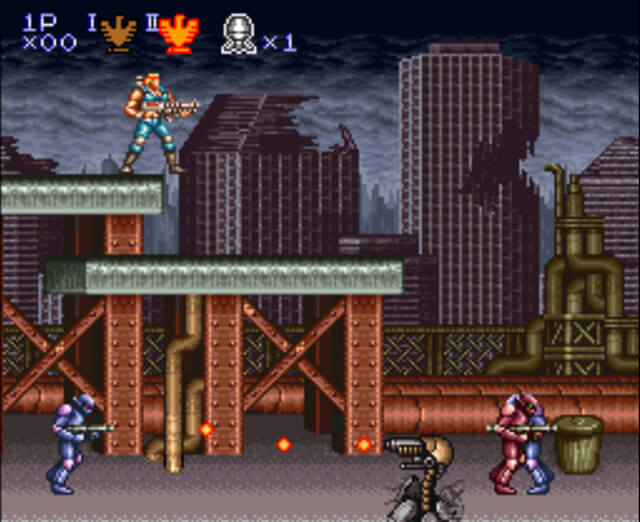
The price of Super Nintendo video games, how much did a cartridge cost?
The price of the cartridges of the first Snes, as usual in video game consoles, depended on the quality of the game, the amount of memory in the cartridge and its supply and demand. Likewise, at its launch the standard price which was maintained for most of the games was 7,790 Ptas. Let’s see a comparison with other systems in July 1992 in Spain:
- SNES, F-ZERO: 7.990 Ptas.
- Gameboy, Robocop: 4.900 Ptas.
- NES, Metroid: 6.990 Ptas.
- Master System II, Afterburner : 5.990 Ptas.
- Game Gear, Ninja Gaiden : 4.590 Ptas
- Megadrive, Batman: 7.490 Ptas.
- NEC Turbografx, R-Type: 6.900 Ptas.
- Atari Lynx, Rampage: 4.900 Ptas.
As we can see, the price of the cartridges was really high in any system, the manufacturers blamed it on the production costs of the cartridge, but with the arrival of the CD and the DVD, we saw how the prices not only did not go down, but they went up. . Obviously, these prices correspond to the official ones, since if what we wanted was to play an imported Dragon Ball or Ranma 1/2 we could break the bank, since the whim would cost us 14,900, 17,900 or even 21,000 Ptas., depending on the game we want. The most practical thing to do is wait until the most well-off in the class is bored to exchange it for 3 cartridges on a weekend, or go to the nearest store to play 15 minutes for twenty dollars (100 Ptas.).
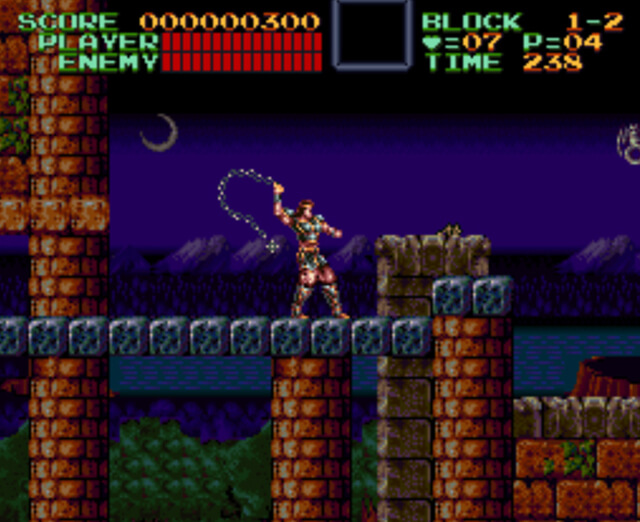
Collect the Super Nintendo
To collect the first original Super Nintendo we must take into account some factors:
- Essential console in any self-respecting collection.
- More than 1,300 video game cartridges launched on the market.
- Large number of high quality games within its catalog.
- Many great games exclusive to Japan but unplayable because of the language.
- Reasonable prices without boxes or instructions.
- Expensive prices for material in perfect condition.
- Good gameplay, it has stood the test of time well, it is a console to be in the living room.
- You can still find some games in flea markets and second-hand stores.
Taking these points into account, our recommendation from Infoconsolas, due to the weight of the original Snes in the history of video games, is that, at a minimum, you have a representation of the Super Nintendo in your collection of retro consoles, acquiring a video console and a good selection of titles… the state of the console and the video games will be decided by your wallet. Buying a Snes with 5 or 10 cartridges is a more than acceptable investment and is enough to offer you hours and hours of fun.
In any case, we consider that it is a console that must be present in any console collection. The classic Super Nintendo is a retro console appreciated by video game collectors, good games at affordable prices with the only one but, being the cardboard boxes, they are mostly quite deteriorated. If your intention is to get the complete SET and in good condition… we hope you have studied a lot, since in addition to being extremely extensive we find some games whose price is astronomical.
For the less materialistic, in this case there is a current revision: the Super Nintendo Classic Mini. A console with 21 titles inside it adapted for today’s televisions, a very valid option for those who just want to remember or start in a time when graphics are mediated by colors on the screen and number of sprites.
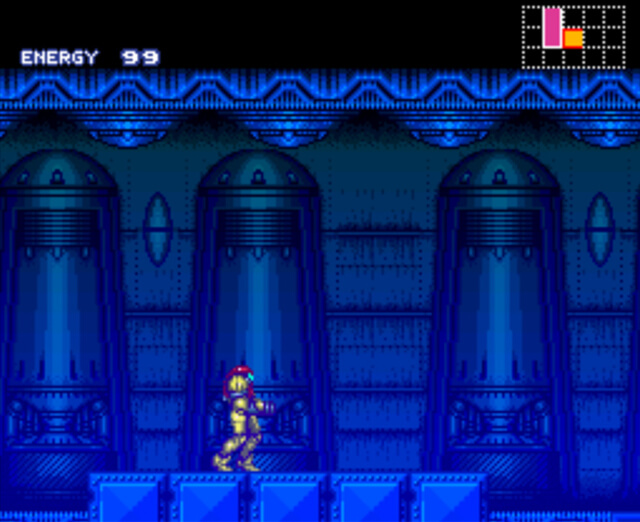
Buy a Super Nintendo
Fortunately for all collectors of retro video game consoles, Nintendo sold a large number of consoles worldwide, reaching 49 million units (12 million less than the NES). This means that despite being a console from the early 90’s, there are still many units in good condition, it is even possible to find a unit in a flea market at 7:00 in the morning or second hand stores (although each less time). The price of a Super Nintendo will vary depending on its condition and whether or not it comes in its original box.
How much does an original Super Nintendo cost today? What price is the SNES today? You have the answer and solution to these questions in the following link to eBay, where you will find a list of consoles for sale with their fully updated prices.
As always from Infoconsolas, our recommendation is that before buying a console, you do a little research on the market to find out the average price it is currently at. Forget bargains and youtubers who buy consoles in Japan for 3 euros, the nearest Hard Off is 7,000 km away and the years of bargains on eBay are long gone, now everyone knows very well what they sell… that the price is rising, slowly but steadily.
In our opinion, eBay is the best place to buy a retro console, our recommendation is that you spend your time and resources looking for the best Super Nintendo deals in the “Buy It Now” option, that’s where you can still find a console really at a good price since the auctions are too exploited in this type of highly specialized products. Once you are clear about the prices of the console (SNES in this case) and how much you are willing to pay, be patient and start planning which games you are going to start your collection with. After all, one of the pleasures of collecting retro consoles and video games is all the work prior to the purchase. Good hunting and good luck!
STOP COLLECTOR! If you’ve seen the console listing on eBay, I want to say THANK YOU. Since 2004, the objective of Infoconsolas is to contribute to preserving the history of consoles and video games through our own collection of systems and the hours of work invested in this very website.
Being an eBay partner listing, if you buy a game or console, you will be helping Infoconsolas in the preservation of video game culture, so thank you very much again!
TOP Retro: Best Snes Games
It is extremely difficult to select the best games from the original Super Nintendo, so take the following titles as a simple representation of everything that Nintendo’s classic Snes is capable of offering you, the Super Nintendo games selected by a server:
Super Mario World
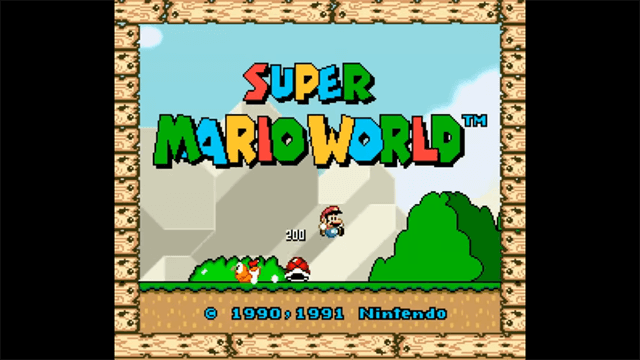
For those of us who were lucky enough to enjoy them at the time, Super Mario World is the quintessential Super Nintendo platformer and possibly the best platformer of all time. Too nostalgic? It is possible, but Super Mario World is a great game full of secrets that marked the new foundations of the genre that reigned in the 90’s. For many, the perfect game that took the Nintendo mascot to a new level. An indispensable and essential video game in any self-respecting collection.
The Legend of Zelda: A Link to the Past
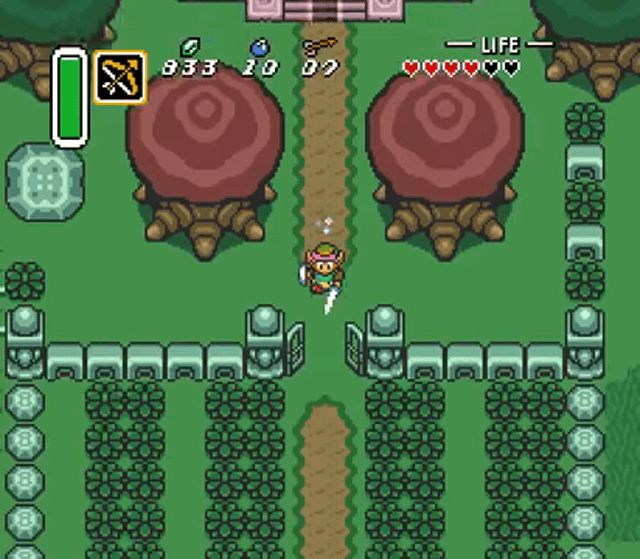
The Legend of Zelda: A Link to the Past marked a before and after in the Zelda saga, seeing the evolution of Zelda from NES to SNES was a delight that even today remains fresh and 100% playable. An essential for all retro lovers that shows that 16-bit video games are perfectly playable 3 decades later when it comes to great games like this.
Final Fight
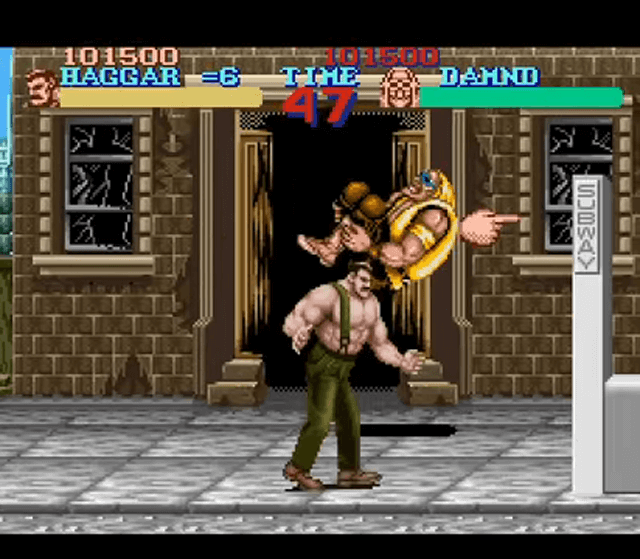
Final Fight brought the magic of arcades into our homes, with a few lost along the way like Guy. Even so, it is an exponent of its genre that transports us to a few years in which political correctness did not yet exist. One of those games that showed the superiority of the SNES over its most direct rivals.
Killer Instinct
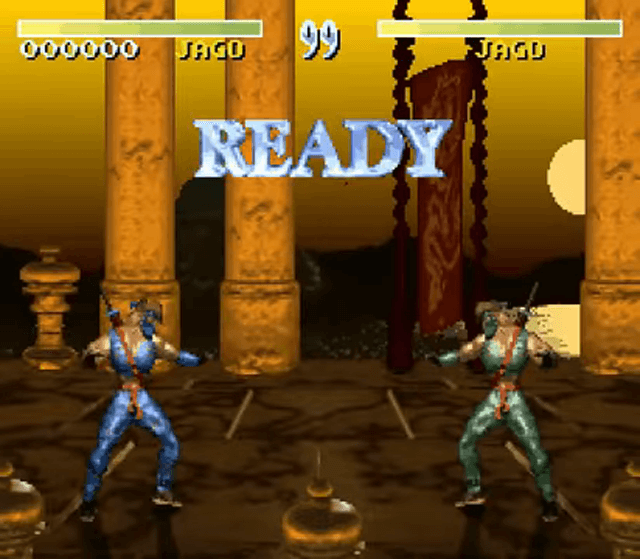
Killer Instinct silenced many mouths among the Megadrive faithful. The union of Rare and Nintendo gave us great games like this in which the graphics took on almost all the prominence… But what graphics!! We’re talking about 1994, a time when pre-rendered graphics didn’t sound like science fiction and Jurassic Park. A before and an after in its genre.
International Super Star Soccer Deluxe
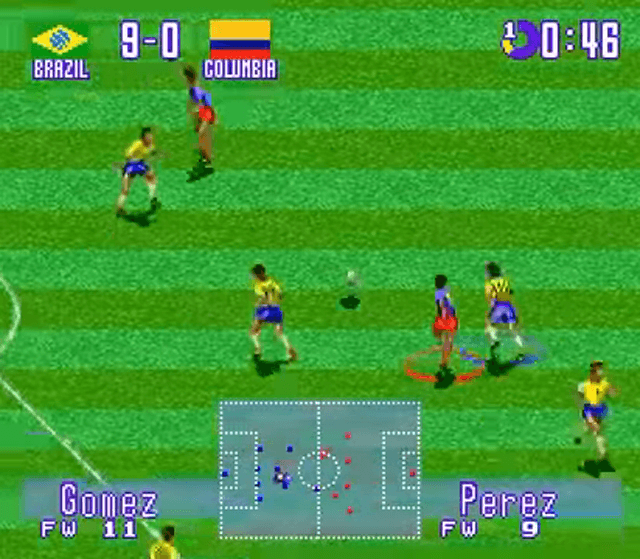
The Pro for friends, PES for purists, was already running on the SNES circuits challenging the almighty FIFA. In a few years in which the football offer was very numerous unlike today, the ISSS Deluxe was a brilliant and innovative bet far above its rivals. Retro in its purest form and some anthological vices at the house of colleagues on Friday nights just before the movie on Canal +.
Parodius
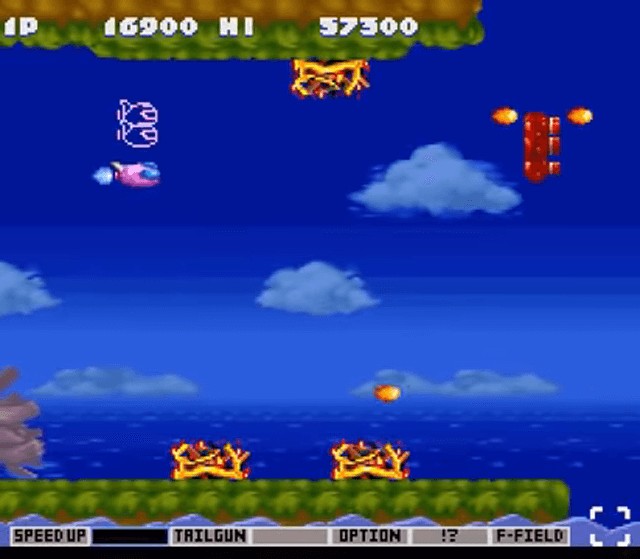
Accustomed to Gradius, Salamander, Axelay, 1941 and a thousand other serious games, Parodius was a blow to our mental framework: A horny Martian killer? Of course, the formula worked perfectly and phase after phase broke our schemes, bringing us closer to that bizarre and characteristic Japanese humor. Don’t let anyone be fooled by its appearance, it’s a great game. In fact, it’s the game you always wanted to buy but you always preferred to buy another more “popular” game, so enjoy them now…
Super Pang
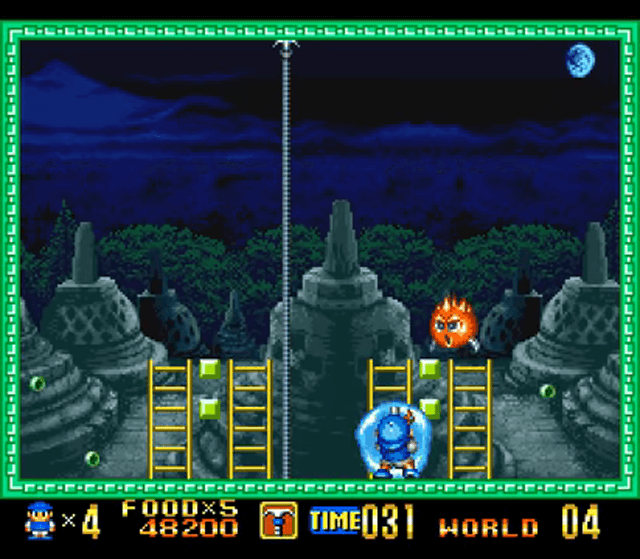
What to say about this retro gem, when a single franchise is capable of reinventing a genre and monopolizing it, is that they have created the perfect game. No one dared to compete with the Pang saga. This second aside, the Super Pang with its Story modes and Panic mode is for most the best in the series. FUN with capital letters, what more could you ask for?
Super Mario Kart
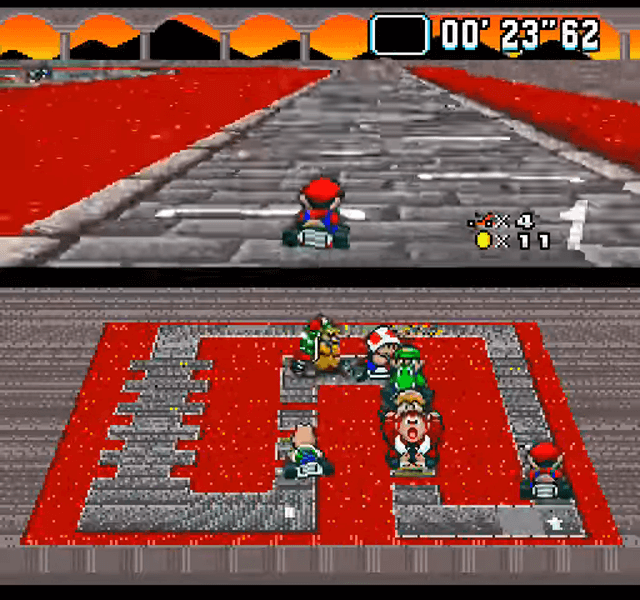
Mario doctor, plumber, tennis player, golfer, astronaut… And go-kart driver, of course. Nintendo pampers its productions and innovates without fear, the result? A new saga within the world of Mario that has sold millions and millions of units since its launch. Your secret? Fun for all audiences, addicted against noobs balanced by the machine, they have given us hundreds of afternoons full of laughter and tantrums. It is the first and for those of us who played it at the time, it is the best.
Street Fighter II: The World Warrior
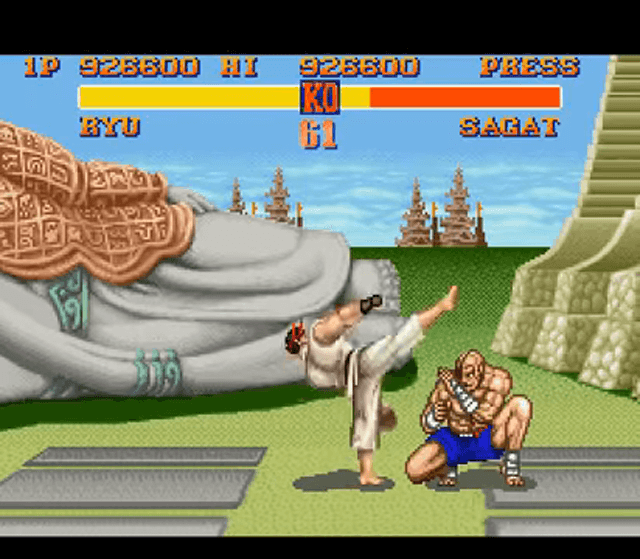
A more than worthy conversion that was ahead of the Sega machine. A sells consoles. The best fighting game of all time, plain and simple. Street Fighter II: The World Warrior is King. No commas, no super, no rebalanced, no 24 characters… Street Fighter II is everything in the fighting genre and any player worth their salt should know how to play this title.
Donkey Kong Country
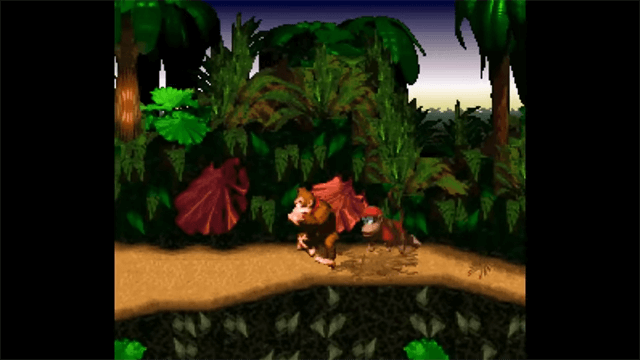
The first contact with the Donkey Kong Country was an explosion of joy and disbelief. Rare and Nintendo made magic and presented us with a platform with incredible rendered graphics from the future, and also very very playable. I remember tears of pain among the class segueros. Without a doubt, an essential that put the Snes at the height of 32 bits. Just to see the sunset of the first phase, its changes in light and the definition of the palm trees, it was already worth it.
Chrono Trigger
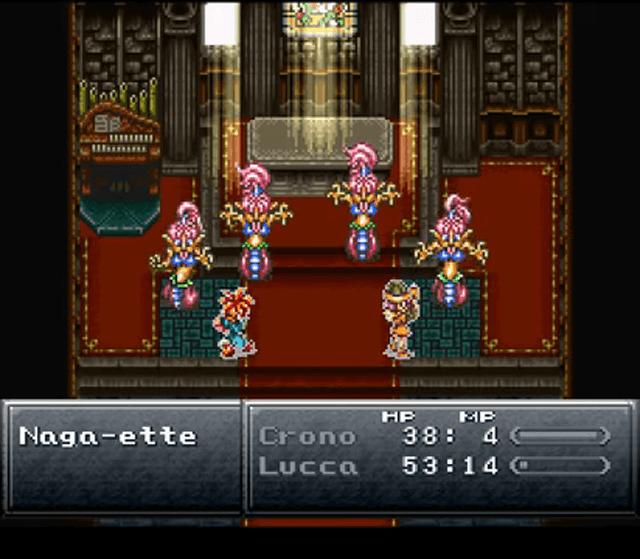
For many, Chrono Trigger is the best RPG in history. Little more to say to a game that today is considered a retro legend, a living history of video games that deserves to be enjoyed by any self-respecting player in its original format and for which it was programmed.
Star Fox / Star Wing
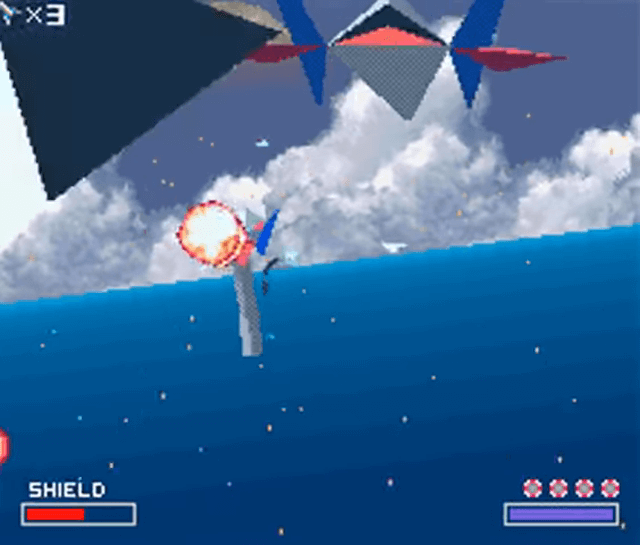
Launched in 1993, thanks to the Super FX chip we were able to enjoy a game previously reserved for the most powerful computers of the moment, 3D came to our homes and made us freak out with its graphics, sound, history and dream of everything that the SNES us would offer in the future. In this case, the gameplay gave way to the spectacular, so keep that in mind when playing it.
Super Mario World 2: Yoshi’s Island
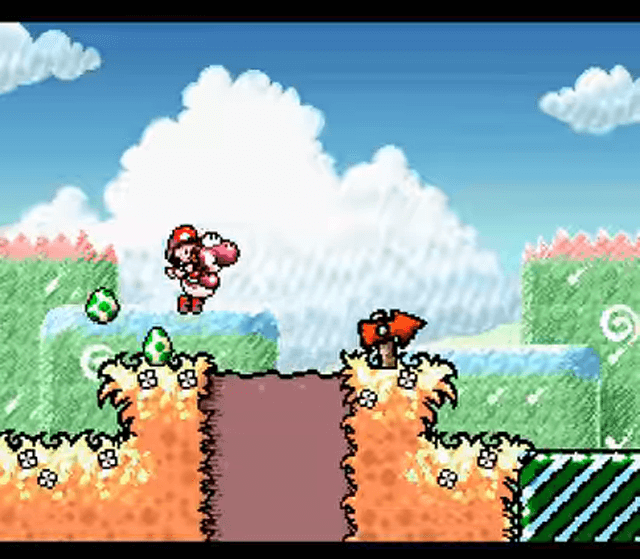
Let’s finish with one of the last SNES games in its commercial time, the second part of the wonderful SMW, Super Mario World: Yoshi’s Island is a 2D work of art, which has support chips such as Super FX2 for introduce us to new fantasy worlds with a childish aesthetic, which squeezed the power of our console, already playing back then with the nostalgia factor. One of the best games ever made in terms of quality/system. Beautiful and practically perfect.
Super Nintendo trivia and FAQ
Below you have the SNES FAQ, the section with frequently asked questions and answers related to the 16-bit Nintendo console, as well as many curiosities about the SuperNES and Nintendo. We hope it will help you!
November 21, 1990 in Japan, August 23, 1991 in North America, and April 11, 1992 in Europe.
25,000 yen in Japan, $199 in North America and £150 in Great Britain.
On June 6, 1992.
18,900 Ptas. (console and controller) and 23,900 Ptas. with Super Mario World.
49.1 million consoles worldwide.
Masayuki Uemura, just like he did with the NES.
No, an adapter is needed.
No, an adapter is needed.
Super Nintendo Entertainment System.
Super Nintendo entertainment system.
Super Family Computer (SFC).
On September 9, 1987 in the Kyoto Shimbun newspaper, Nintendo president Hiroshi Yamauchi made mention of the Kyoto company’s new console.
On November 21, 1988 at Nintendo headquarters, together with the announcement of “Mario Bros 4” and “Dragon Quest V” next to the console. 8 days before the release of the MegaDrive in Japan, coincidentally.
Yes, the first pack only included the console and two controls, since being compatible with the Famicom it was understood that everyone already had the cable and power adapter.
Super Mario World and F-ZERO.
Super Mario World with 20.6 million cartridges sold, followed by Super Mario Kart with 3.8 million games sold.
No.
Yes, through the Super Game Boy.
Yes, but only in North America and certain games with the XBAND service.
A peripheral of the Super Famicom (satmodem) that allowed us to connect to Nintendo servers, allowing us to download exclusive video games, digital magazines and other services.
The Super Nintendo Classic Mini is a reissue of the original Super Nintendo in miniature version, released by Nintendo which includes 21 games.
It is a theme area of Universal Studios Japan dedicated to the world of Super Mario, which is being built in other Universal Studios around the globe.
Yeah, only his real name is Nintendo 64.
Metal Slader Glory: Director’s Cut, on November 29, 2000 for the Nintendo Power Rerecording System.
External sources and links:
- Revista HobbyConsolas
- Revista MicroMania
- Revista Famitsu
- Recursos gráficos consola:
https://commons.wikimedia.org/wiki/User:Evan-Amos
https://www.chrismcovell.com/index2.html

